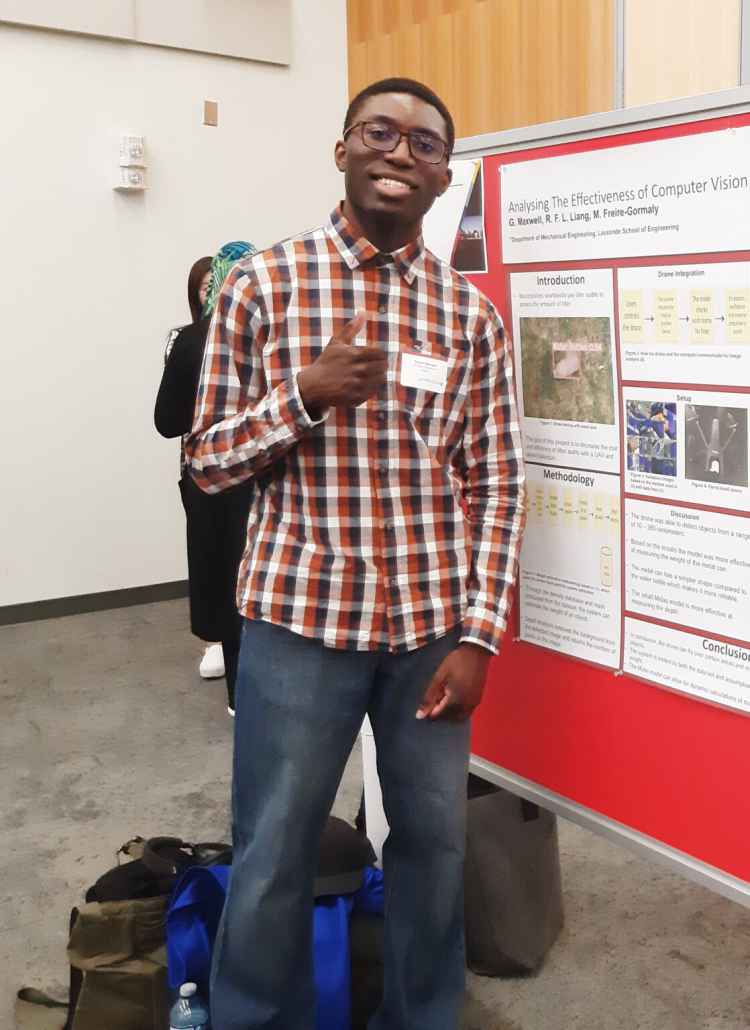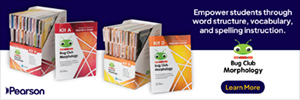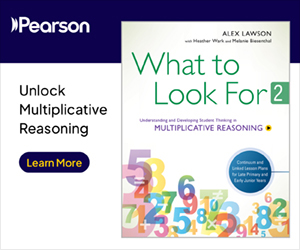York University Lassonde School of Engineering student Garnet Maxwell has created a drone that uses artificial intelligence (AI) to identify and map litter, offering cities a faster, more precise approach to waste management.
City waste management departments across Canada face a costly bottleneck: before cleanup crews can be deployed, workers must manually survey litter, walking predetermined routes with clipboards to estimate quantities and types of trash. The process takes hours, costs thousands in labour and produces inconsistent results, as surveys can be subjective and variable.
Fourth-year mechanical engineering student Maxwell saw an opportunity to automate the process. His solution hovers 50 feet above Toronto streets, scanning sidewalks and parks while using AI to identify every piece of litter below.
Maxwell's drone - a modified Parrot ANAFI quadcopter - processes in minutes what human teams survey in hours, creating precise digital maps that guide cleanup crews to exact locations and specify the types of trash they will encounter. The AI distinguishes plastic bottles from cigarette butts, paper cups from food wrappers, while GPS coordinates pinpoint each location.

Garnet Maxwell
"The drone system uses a convolutional neural network (CNN), called YOLO11, trained on images of litter from a custom dataset to identify and sort by types of litter," Maxwell explains. CNNs are deep learning models well suited for processing grid-like data, such as images.
Maxwell spent months refining the technology under Lassonde Assistant Professor Marina Freire-Gormaly, whose research focuses on sustainable engineering solutions, including machine learning applications for environmental systems. Postdoctoral researcher Robert Liang guided the complex AI integration.
In May 2025, Maxwell earned a $10,000 Lassonde Undergraduate Research Award to fund project's 16-week development process. It allowed Maxwell to tackle dual technical challenges: programming flight controls stable enough for precision surveying while training algorithms to recognize litter in constantly changing urban environments.
Real-world testing revealed challenges no laboratory could simulate. Wind gusts disrupted flight patterns. Shadows confused the AI. Different lighting conditions caused misidentifications. "There were multiple challenges from both the model and the drone side of the project," Maxwell says.
Each failed test provided new insights. He adjusted flight software, retrained the AI with thousands of additional images and refined algorithms to distinguish actual litter from leaves, shadows and sidewalk cracks. The debugging process proved as valuable as the final technology.
"This project showed me how AI technology can be used to gather and analyze large amounts of data, which can help different parties make informed decisions about environmental problems," Maxwell says.
The research experience also strengthened Maxwell's problem-solving skills. "The most important qualities I learned were the ability to adapt and problem solve," he says. "Throughout this project, I faced challenges where I had to create my own solutions, which involved researching the subject and identifying the cause of each problem."
Maxwell continues improving his system's range and accuracy. "I plan to get more images of several types of litter to increase detection and find more images of litter farther from the camera to increase the altitude at which the drone can detect trash."
The technology has applications beyond municipal waste management. "In general, this method can be applied to other situations where the quantity of objects needs to be measured," Maxwell says. "For example, farmers could use this to monitor animals, or it could be used for infrastructure inspection in urban areas."
Maxwell's AI-enabled drone system demonstrates the power of student research to move beyond the lab, turning technical innovation into practical solutions that help cities manage urban litter more efficiently and create a model for other real-world applications.
This story was originally featured in YFile, York University's community newsletter.













